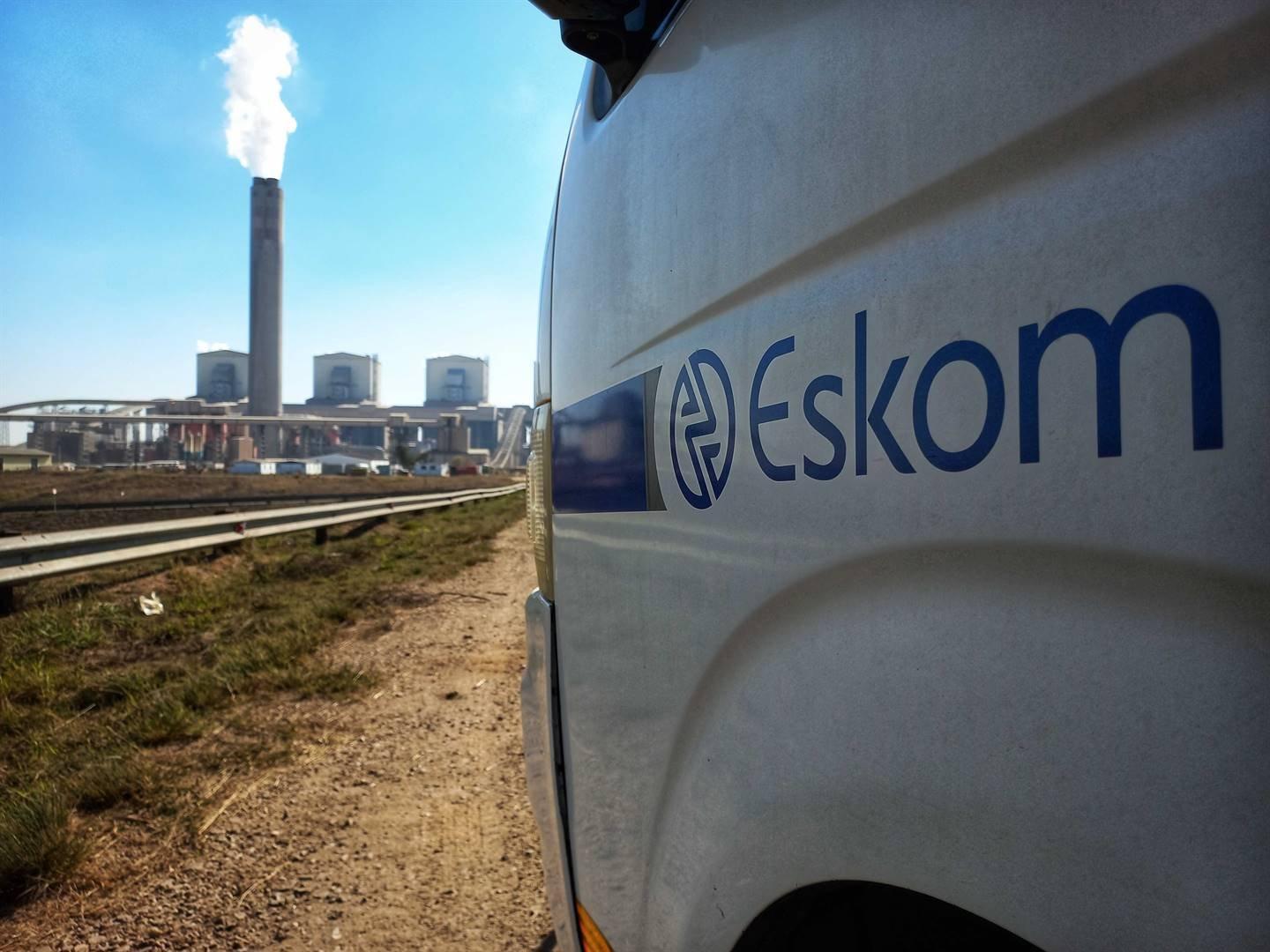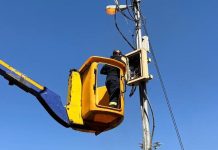Africa-Press – South-Africa. Fewer breakdowns, lower planned maintenance, and lower demand are the reasons for the lower stages of load shedding over recent weeks, says Eskom.
At a briefing on Sunday on the work of the National Energy Crisis Committee, Eskom generation executive Eric Shunmagum said that Eskom unplanned breakdowns had averaged around 15 000MW for the past five days, a 3 000 MW improvement on recent months. Said Shunmagum:
Planned maintenance has also been reduced in line with Eskom’s winter plan to around 3 000MW (less than half what is done in summer), and Eskom has also had more certainty about funding for diesel which has enabled it to help meet peak demand in the evenings and mornings.
Shunmagum also said demand was lower than it had been over the summer, with many large users undertaking large maintenance that requires them to shut down their plants. This is typically done to coincide with the increase in electricity tariffs, which kick in between 1 April and 1 July, depending on the distributor. Demand levels at peak have been averaging about 30 000 MW, well below the 33 000MW of demand that Eskom has in the past reached in winter or the “worst case scenario) of 34 000 MW.
Minister of Electricity Kgosientsho Ramokgopa said that if Koeberg unit 1 and Kusile units 1 to 3 that are all on extended outages, were taken out of the equation, Eskom would have had an energy availability factor (EAF) of 70%.
“We are getting closer to our target and reaching significantly earlier,” he said.
Eskom’s fleet (including all of Kusile and Koeberg) has been stuck in the low 50s for at least the past year. The board has targeted an EAF of 70% by the end of March 2024.
Ramokgopa said that a study underway by German consultancy VGBE, which was analysing the technical problems at coal power stations, would make its report final at the end of July. This report will guide the timetable for the delayed decommissioning of coal power stations and indicate whether any were suitable for private-sector partnerships.
Presidency official Rudi Dicks, who also attended the briefing, said that the decommissioning plan “will be our major focus going forward.”
Detailed modelling work was also being done on financing mechanisms to fund the expansion of the national transmission grid. More grid capacity is required to expand the production of renewable energy, as the grid in certain places has reached saturation. Ramokgopa said that Eskom had estimated the costs to be around R210bn.
Government was exploring how this investment could be made as Eskom is financially constrained and unable to borrow due to debt relief conditions laid down by the National Treasury. A possible model was Build Operate Transfer (BOT), in which the private sector funds the expansion by extracting user revenue for a set period, after which ownership and operation are transferred to the government.
“The Eskom balance sheet is very weak, and yet the private sector is sitting on liquidity. It is not our intention to relinquish ownership of the grid, so we need to think about Build Operate Transfer in the same way that we are building roads with SA National Roads Agency (Sanral) with toll gates and toll fees and so on,” he said.
Ramokgopa said that care would be taken to ensure that this would be “the least cost option” and consumers would not be overburdened by user fees.
Dicks said a “big chunk” of the R210bn for grid strengthening would be funded through the Just Energy Transition Partnership (JetP), the climate funding deal struck with several developed countries at COP26 in December 2021.
“There are set of conversations taking place with Treasury and the international partners on what form this would take as we look at different models of investment to deal with the shortage of grid capacity,” he said.
For More News And Analysis About South-Africa Follow Africa-Press






